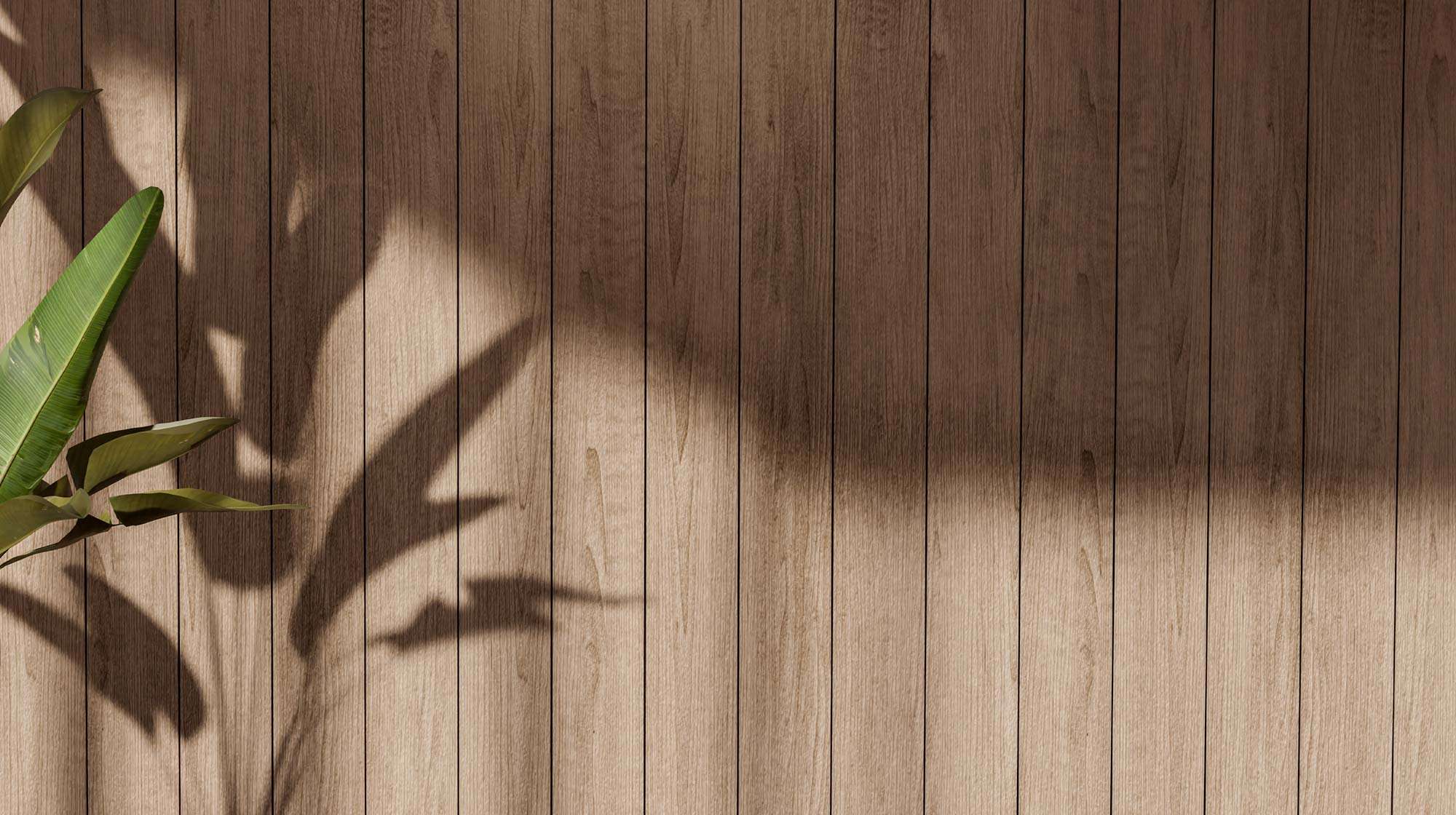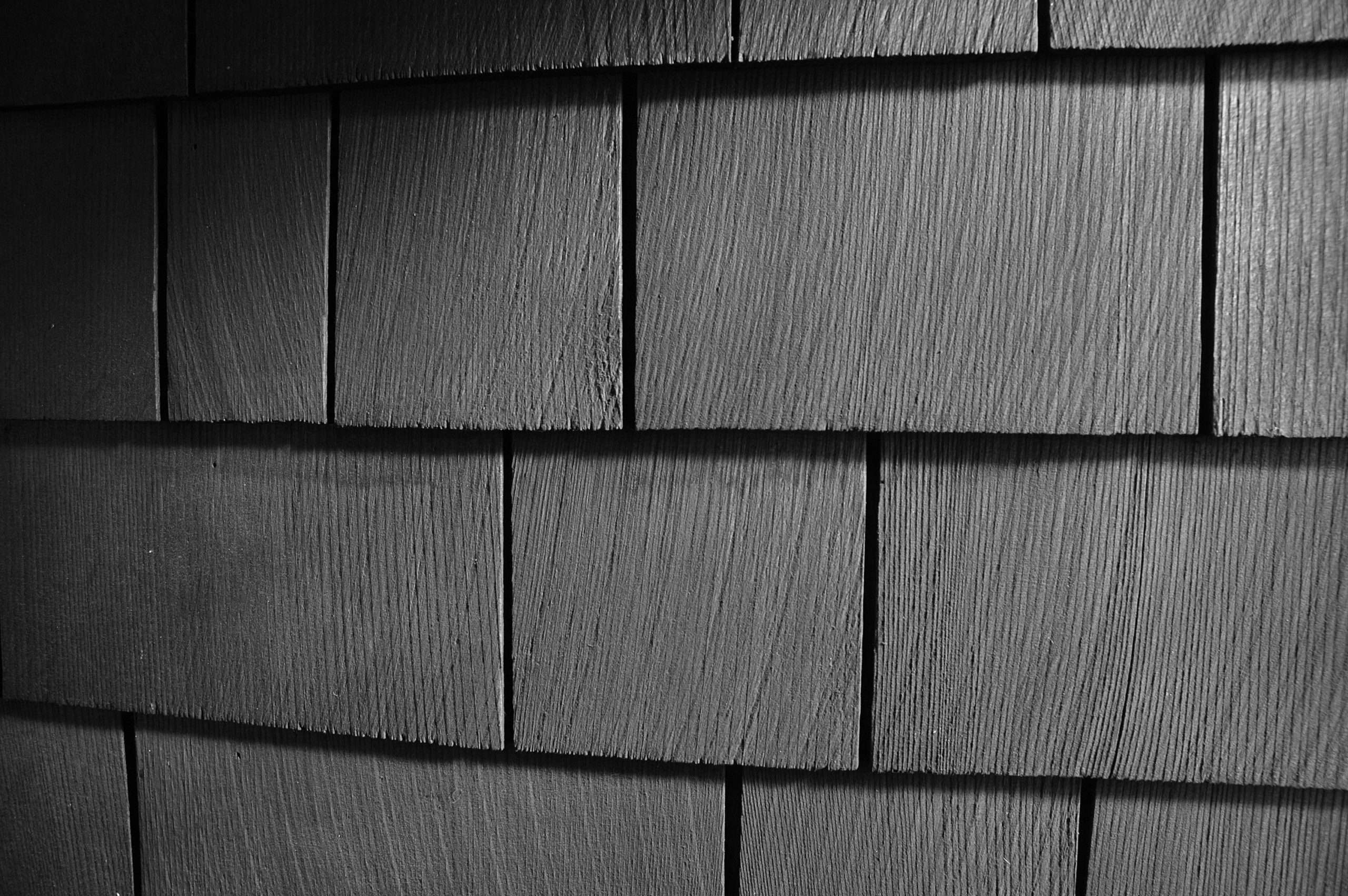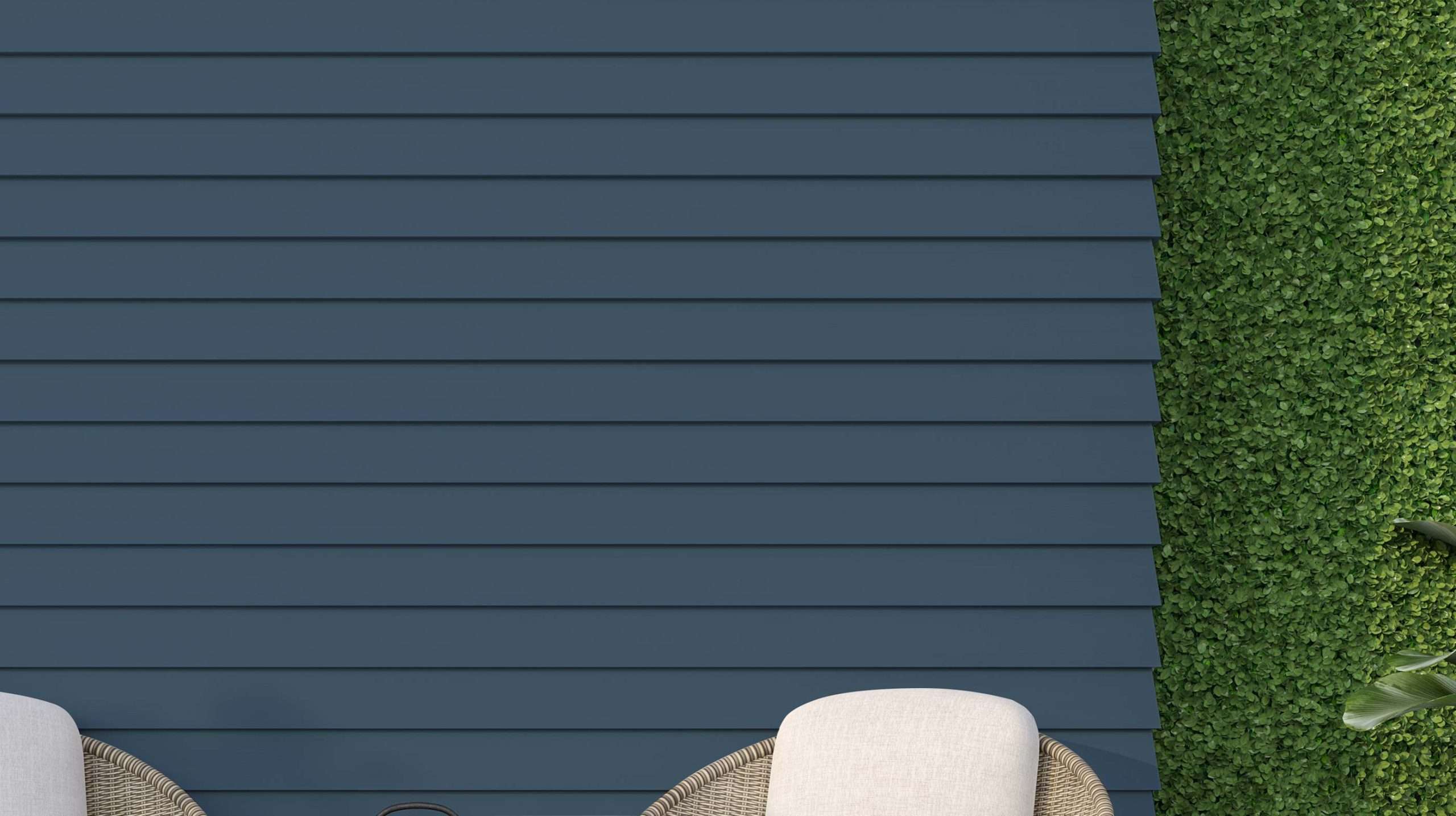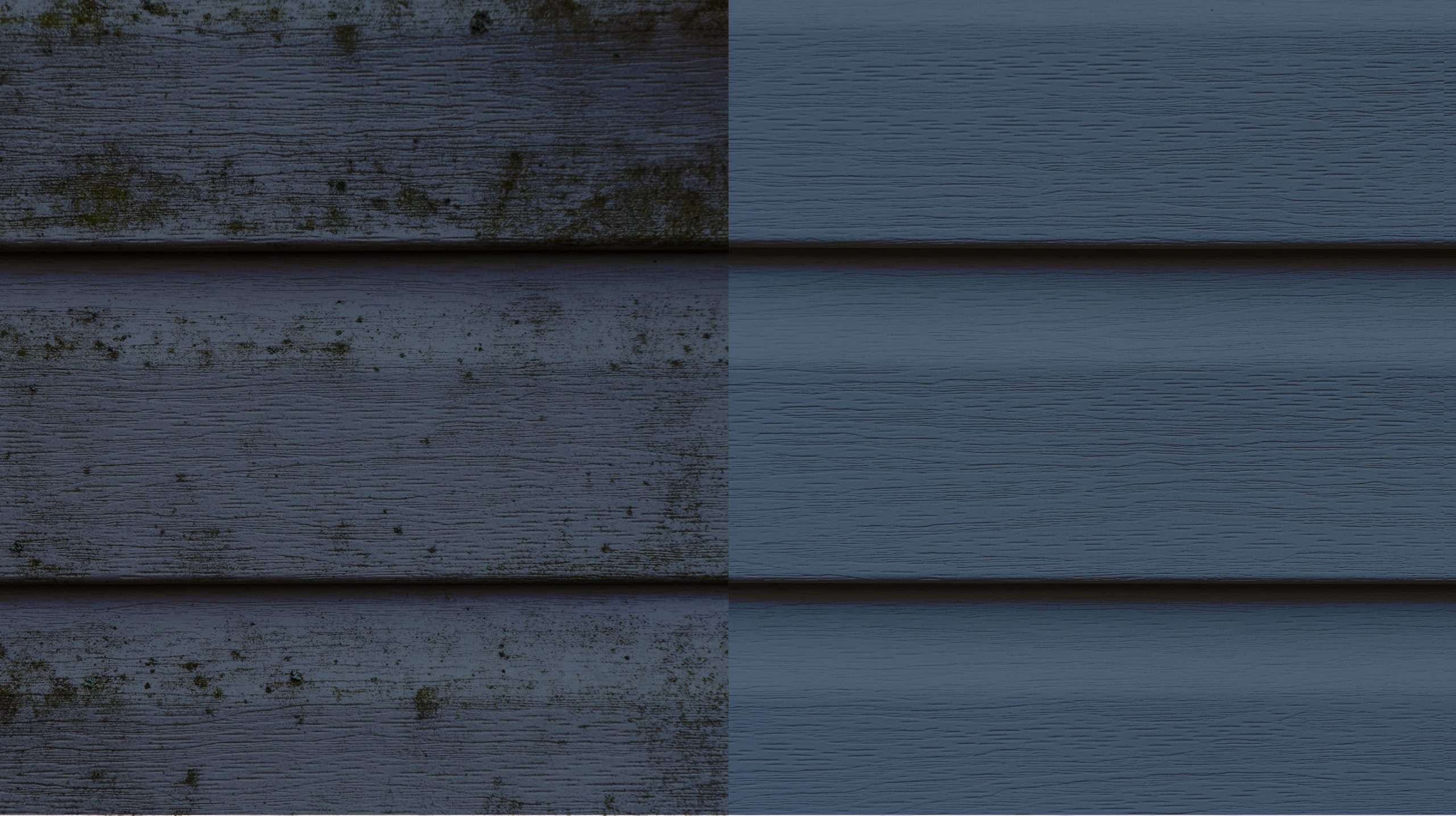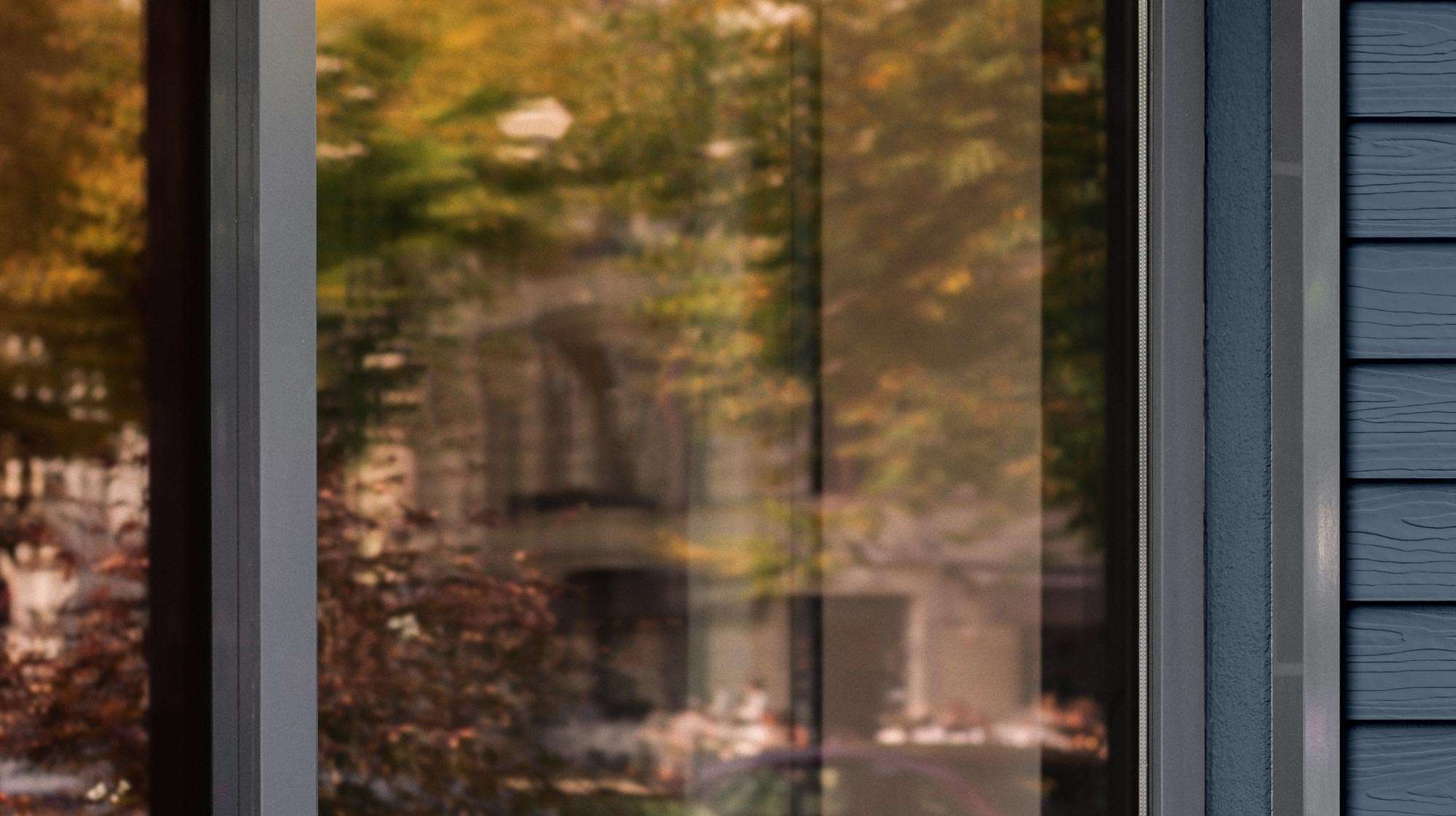Introduction:
When it comes to deck safety and stability, the ledger board plays a crucial role. It provides the connection between the deck and the house, supporting the weight of the deck and ensuring its structural integrity. Over time, however, ledger boards can deteriorate, compromising the safety of your deck. In this blog, we will explore the importance of deck ledger board repair, signs of damage to watch for, and the steps involved in ensuring a solid connection between your deck and home. Deck repair is crucial to keeping your home safe and aesthetically pleasing, so don't ignore this crucial part of your home!
Understanding the Importance of Deck Ledger Board Repair:
The ledger board is the component that attaches the deck to the house, acting as a crucial anchor point. It is essential to maintain its integrity to prevent issues such as deck collapse or structural damage to the home. Regular inspection and timely repairs are key to ensuring the safety and longevity of your deck.
Signs of Ledger Board Damage:
- Rot or Decay: Inspect the ledger board for signs of rot, decay, or water damage. Soft spots, discoloration, or a musty odor are indicators of potential issues.
- Corrosion or Rust: Check for corrosion or rust on the ledger board and any associated fasteners. These can weaken the connection and compromise stability.
- Separation or Gaps: Look for gaps between the ledger board and the house. Separation can occur due to shifting foundations, inadequate fastening, or wood expansion and contraction.
- Ledger Board Movement: If the ledger board feels loose or moves when pressure is applied, it may indicate a need for repair.
Steps for Deck Ledger Board Repair:
- Inspection and Assessment: Thoroughly examine the ledger board, focusing on the areas of concern. Evaluate the extent of the damage and determine the appropriate repair method.
- Replacement or Reinforcement: Depending on the severity of the damage, you may need to replace the entire ledger board or reinforce it with additional support.
- Removal and Preparation: If replacement is necessary, carefully remove the damaged ledger board. Clean the area and prepare it for the installation of the new ledger board.
- Installation: Secure the new ledger board to the house using appropriate fasteners, ensuring a tight and secure connection. Follow manufacturer guidelines and local building codes for proper installation.
- Flashing and Waterproofing: Install or replace flashing to protect the ledger board from water infiltration. Apply a waterproofing membrane or sealant to further enhance protection.
- Reattachment and Testing: Reattach the deck joists to the repaired or newly installed ledger board. Conduct a thorough inspection and perform a load test to ensure the connection is secure and stable.
Seeking Professional Assistance:
While some deck repairs can be DIY projects, ledger board repair is a critical task that requires expertise. If you are unsure about your abilities or the extent of the damage, it is advisable to seek professional assistance. Experienced deck contractors have the knowledge and tools to assess, repair, and ensure the safety of your deck. At Rogall your home's health is our priority, and if you are suffering from ledger board damage don't hesitate to schedule an inspection today!
Conclusion:
A well-maintained and securely attached ledger board is essential for the stability and safety of your deck. Regular inspections and timely repairs can prevent potential hazards and extend the lifespan of your outdoor space. By understanding the signs of ledger board damage and following the appropriate repair steps, you can ensure a solid connection between your deck and home, providing peace of mind and enjoyment of your outdoor living area. Remember, when it comes to deck repairs, prioritizing safety should always be the top concern.





